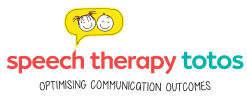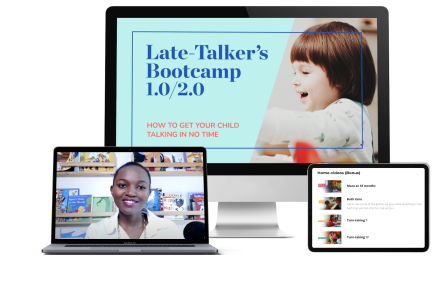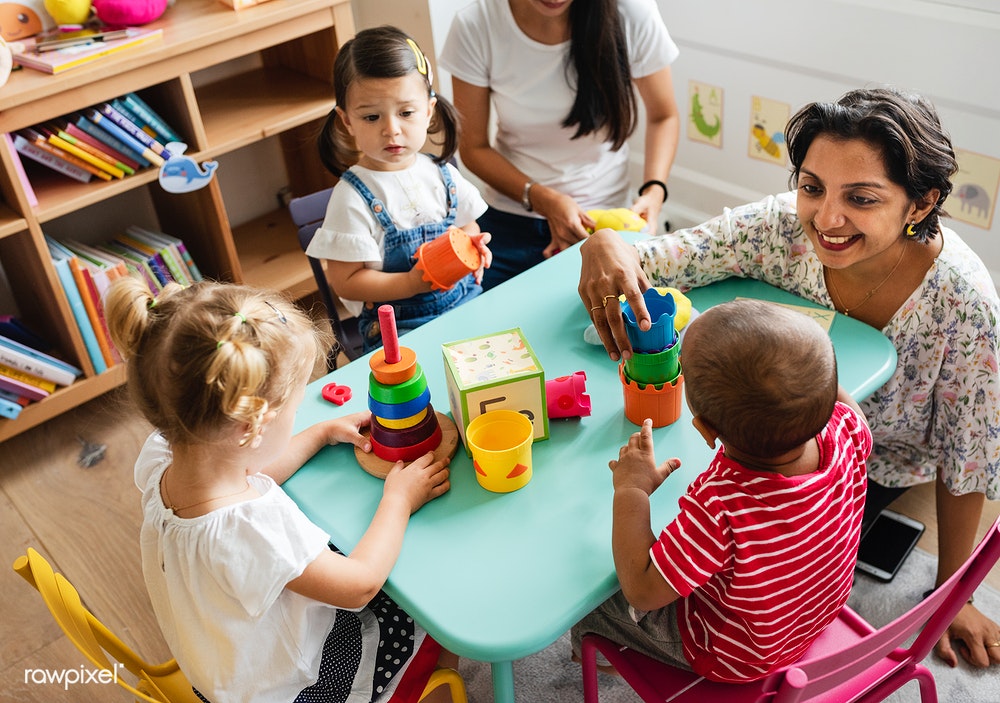Episode 23: My Opinion about the 6 Sequential steps to Correcting Your Child’s Pronunciation Errors
 Today’s topic is on the 6 steps to correcting your child’s pronunciation errors. Pronunciation errors refers to the speech errors i.e. the mechanics of how your child is sounding out. Fixing a child’s pronunciation errors is one of the easiest things you can do. If a child visits my private speech therapy clinic and they are having speech and language delays as well as pronunciation errors. I always start with fixing their speech and language delay first before moving to their pronunciation. This is because pronunciation errors are an easy fix compared to growing speech and language. Please access a little of our Late-Talker’s Bootcamp course for FREE and master some tips to get your child talking more.
Today’s topic is on the 6 steps to correcting your child’s pronunciation errors. Pronunciation errors refers to the speech errors i.e. the mechanics of how your child is sounding out. Fixing a child’s pronunciation errors is one of the easiest things you can do. If a child visits my private speech therapy clinic and they are having speech and language delays as well as pronunciation errors. I always start with fixing their speech and language delay first before moving to their pronunciation. This is because pronunciation errors are an easy fix compared to growing speech and language. Please access a little of our Late-Talker’s Bootcamp course for FREE and master some tips to get your child talking more.
Below are the 6 sequential steps to permanently correct your child’s pronunciation errors.
1. Teach the sound by itself
For example, if your child is lisping i.e. dentalising i.e. putting their tongue between their teeth for the “s” sound , teach them the correct positioning for that sound i.e. the “s” sound. Teach them the correct positioning for that sound repeatedly before moving to step 2.
2. Help your child practice the accurate sound at the syllable level
A syllable is a small word like “toe”, “sun” etc. Practice with your child the combination of words that just make up one syllable. It does not have to be a real word. Make sure that each time you practice the sound that is being erred, that you practice it in three positions. Practice it at the beginning, for example, a syllable that will have a “s” in the beginning could be a word like “sun”or a consonant vowel like “sa” or “se” or “si”. As you can see, the “s” sound is in the initial position. Then practice the sound in the middle and final position.
Please note that they don’t always have to be practised in that order but normally it is easier when you practice the sound at the beginning than if you practice the sound in the middle. But for some sounds, the sound at the end maybe easier. There are many tips and tricks to make this process really really fast for your child and stress free for you as well. Actually stress free for the both of you 
3. Assist your child to practice the sound at word level
The same syllables that you practice at the syllable level should be practised at the word level. You can make the word multi-syllabic for example “sunset” from the syllable “sun”. Make sure that you practice the correct sound in a word, at the beginning, at the middle, at the end or at the end, in the middle and at the beginning. Whichever one works for your child.
Please note that you have to do this steps otherwise it is only generalised or consolidated in either one of the positions and not the other. For example you might find that if the “s” sound is appearing at the beginning of the words and if that is what you have been exposing your child to. Your child might say it so correctly, but if the sound appears at the end like in the word “dress” . Your child will still revert to, “drethh”. So it is important that you practice the sound at all positions- beginning, middle, and end.
4. Assist your child to practice at a phrase level
A phrase is a short sentence. There is lots of tips and tricks that I share with parents in a course that I have developed for parents on how they can correct their children’s pronunciation errors. Please check out this post on the causes of pronunciation errors and when you should and should not worry about your child’s pronunciation errors. There are mispronunciations that are quite age appropriate and there are those that need correcting so that they don’t end up leading to reading difficulties or dyslexia.

Assist your child to practice the sounds in a phrase. These phrases can be all over the place, it can be random sentences, short sentences of up to 4 or 5 words . A sentence like, “I like the sun” is a phrase on its own. Please remember that the trick is to not correct your child if there is another sound that they are having difficulty with that they mispronounce in that phrase. You really must keep it targeted at the sound that you are fixing then.
You might for example be working on fixing the “s” sound. So if the sentence is, “I like the sun”. And your child has difficulty with the “l” sound and they probably say “yike” instead of “like”. So if in the sentence they say, “I yike the sun”. Do not correct the “l” error as you will have dropped the ball. Focus on the “s” sound. If you are correcting the “s” sound, and they in a sentence say, “I yike the thun”. Correct the “s” sound.
With the lisp particularly, one trick that I share in the course is you always have to look at your child as they are practising because sometimes children who lisp have a much clearer “s”sound when they are lisping than when they are actually saying it correctly. So always just look as this sound could have been lisped and you have been practising the wrong sound over and over.
5. Assist your child to practice the sound at the sentence level
If your child is 4 and is only saying 4 or 5 sentences please don’t make the sentence longer because that is not where they are at. Skip this step and move to the next.
But if they are 6 or 7 and they have longer sentences you can teach them to practice the sound at the sentence level. Please note that it is the same process at this level as is at the phrase level.

6. Practice the sound at conversation level
Conversation level means that you have a sit down and you are chatting about your child’s day or whatever it is or a game and they are talking to you and you are picking out if they are self-monitoring themselves for the sound that you have been practising over time which in this case can be the “s” sound.
You at this level have the liberty to correct them if they say it in error because you have taken them through the 6 step process of correcting their pronunciation errors. You should not be correcting your child at conversation level if your are at step 1 as the child has not built enough awareness of how to make the sound, leave alone an ability to monitor their own production in connected speech.
Another mistake you should watch out, a mistake that I see parents make is that they correct everything at the same time. If you correct everything at the same time, it leaves your child confused and overwhelmed.
Keep it isolated, targeted and ensure that you are focused on one particular sound at a time.
Final word
I hope this post has been useful for parents/caregivers in the process of or working on correcting their child’s pronunciation errors.







